Harvest Moon by Neil Young
Buy Harvest Moon It may be a bit controversial to name a decidedly “retro” album as the album of the year for any particular year. Many rock fans who reflect back on the […]

Buy Harvest Moon It may be a bit controversial to name a decidedly “retro” album as the album of the year for any particular year. Many rock fans who reflect back on the […]
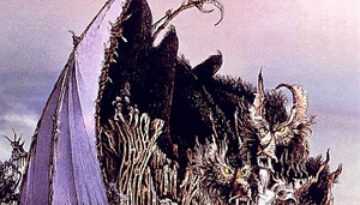
Buy Hair of the Dog Nazareth reached the pinnacle of their long career with their sixth studio album, Hair of the Dog. Produced by the group’s guitarist, Manny Charlton, the album at once […]

Buy Green Years before alternative was “cool” (in other words, when “alternative” was still alternative), R.E.M. was forging their own way through the super-slick eighties. Their sixth album, 1988’s Green, was the breakout […]
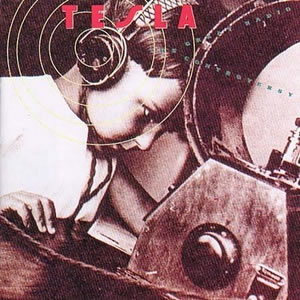
Buy Great Radio Controversy The group Tesla never quite fit within any definitive genre box, which may have ultimately prevented the Northern California band from reaching their critical or commercial potential. In the […]
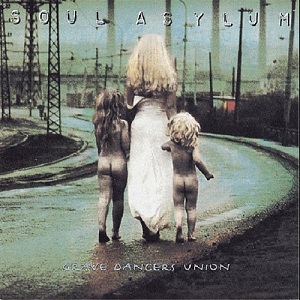
Buy Grave Dancers Union One of the hardest working bands of the late 1980s, Soul Asylum finally broke though in 1992 with Grave Dancers Union. Made up of well-composed three and four minute […]
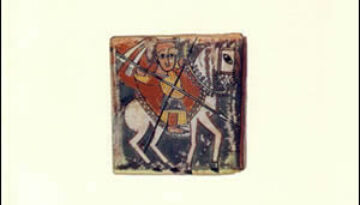
Buy Graceland In some of our previous reviews from the year 1986, you’ve probably already heard us mention several times our distaste for the slick sound that was predominant throughout releases issued that […]
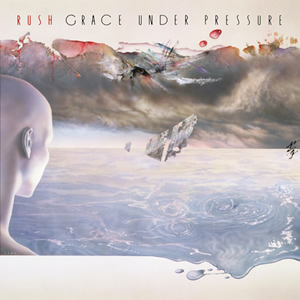
Buy Grace Under Pressure For their tenth studio album, Grace Under Pressure, Rush brought in producer Pete Henderson, after employing Terry Brown for eight consecutive studio albums, dating back to Fly By Night […]
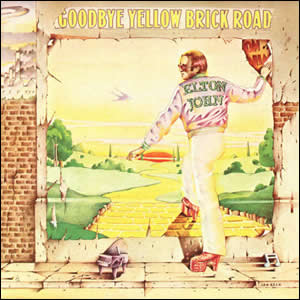
Buy Goodbye Yellow Brick Road We’ve been down this road before of critiquing double albums which would have worked better as a single album. See our recent review of Exile On Main Street […]
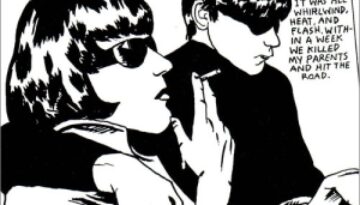
Buy Goo Sonic Youth‘s 1990 album Goo was a critical success and reached the highest album charting position of the group’s career. Their sixth overall release, this was the first after signing their […]
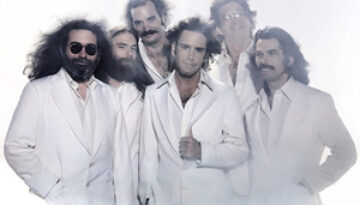
Buy Go To Heaven Long derided as one of the most unpopular albums among the Grateful Dead faithful, Go To Heaven is ,nonetheless, a solid record musically. The biggest change in the group’s […]